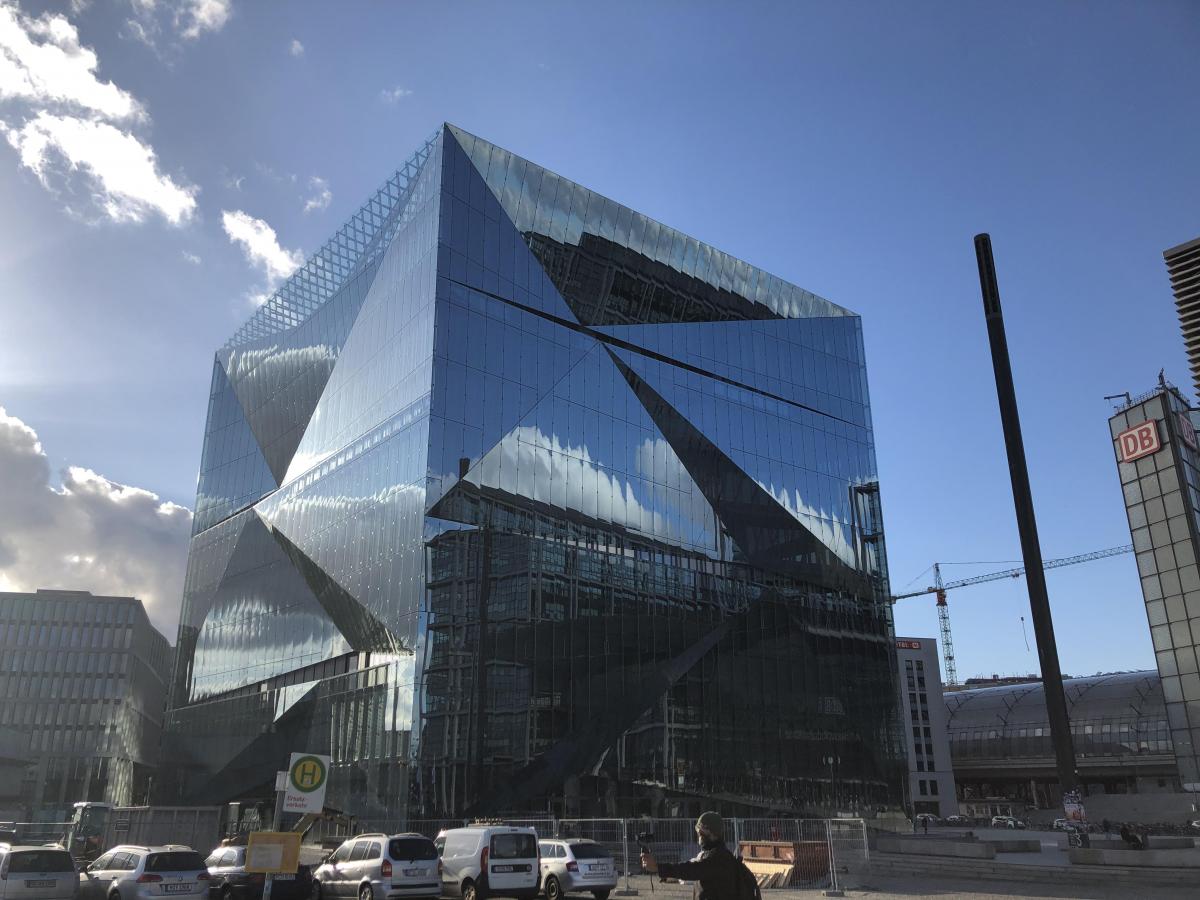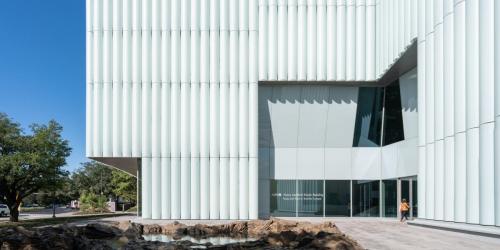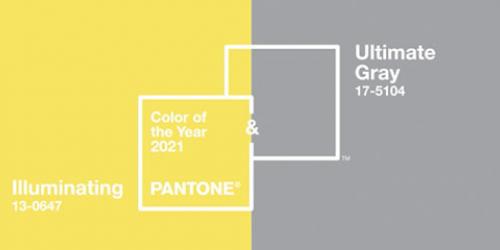Why layering up is a good idea
Glass has become an architectural powerhouse thanks to advanced science in interlayer technology. Eastman’s polyvinyl butyral (PVB) interlayers have an increasing array of high-performance characteristics that include security, structural properties, sound damping, solar control, storm resistance, and style. Now, these interlayers can be stacked to serve multiple functions in one application. Learn how to get more bang for your buck!
When using Saflex® or Vanceva® PVB interlayer systems, it’s possible to stack the same interlayer together or stack interlayers targeted for specialty applications together to get a combined effect. PVB interlayers offer different benefits which can be combined in unique ways to solve problems or use glass where it may not have been previously possible. For instance, to create balustrades in white, you can layer Saflex® Structural and Vanceva Arctic Snow. To create a quiet, calming room, you can stack Saflex® Acoustic with a lovely lavender Vanceva. For school security, combining Saflex VS02, Saflex HP, and a layer of Saflex® Solar provides both impact resistance and solar control. The combinations are almost limitless.
The Cube

Stacking interlayers requires special attention to product selection. For Cube Berlin, a show-stopping, glass-covered building on Washingtonplatz in the heart of Berlin’s business, government, and cultural district, the prominent use of glass in the design presented multiple challenges. The right glass configuration had to provide solarcontrol to avoid heat gain/loss and be structurally sound. The solution was a pioneering double-skin facade that uses coatings and Saflex PVB interlayers in a unique combination. That’s the power of stacking!
Typically, interlayers are stacked between two pieces of glass. However, in certain applications, multi-ply laminates—those which have more than two pieces of glass with an interlayer in between—can also be used.
Vanceva® and Saflex® interlayers combination for unlimited design opportunities
If you’ve used the Vanceva color system, you are likely familiar with stacking. For years, Vanceva has offered architects and designers the option of combining up tofour interlayers to create custom colors and designs. As a basic rule, Eastman recommends a maximum of four stacked interlayers to ensure proper de-airing. The more surface interfaces combined, the harder it is to get the air out from between the stacked layers. Some customers have become quite proficient at de-airing more than four layers, and those customers offer those services based on their confidence in the practices and systems they use. They have also decided to stand behind these laminates themselves, as they are outside of our recommended practices.
Materials designed to be stacked, like Vanceva® Colors, work very well together. The ability of architects and designers to mix and match Saflex and Vanceva interlayers with clear, colored, coated, patterned, fritted, bent, or curved glass presents nearly unlimited design opportunities. However, there are a few limits due to size of materials, thickness and processing, and end-use desired performance. When stacking dissimilar types such as Saflex Structural and Vanceva, there are certain considerations necessary during processing to ensure high yields and the proper end-use performance. Some nonarchitectural formulations should not be stacked, and it is recommendedto seek the guidance of an Eastman representative when you have a question.










